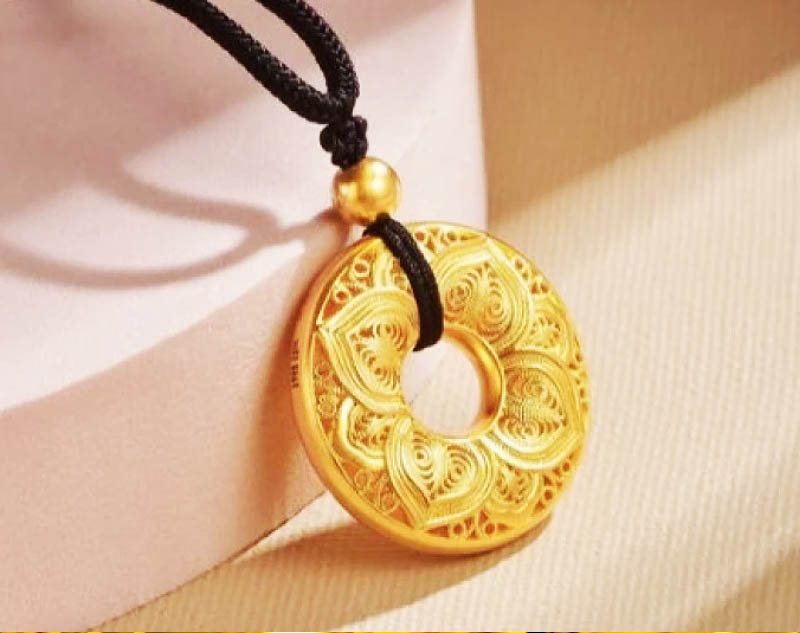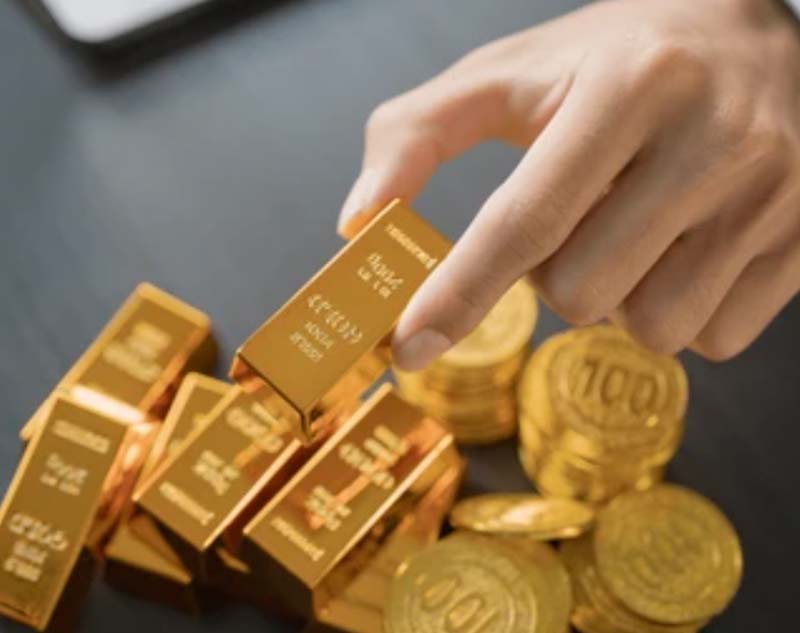Why Has Gold Been Surging of Late?
Why Has Gold Been Surging of Late?
Over the last year (and accelerating into 2025) the price of gold has rallied dramatically — in fact, it has hit new record highs. There are several interlocking reasons behind this surge. For a jewellery business such as Sible Jewelry, understanding these drivers helps illustrate not only why wholesale costs may rise, but also why consumers might view gold jewellery in a different light (e.g., as both adornment and investment).
1. Expectations of Lower Interest Rates & Falling Real Yields
When central banks (especially the Federal Reserve in the U.S.) hint at easing monetary policy, or when real interest rates (i.e., interest rates minus inflation) fall, gold becomes more attractive. Because gold pays no dividend, its opportunity cost falls when interest rates drop; plus, in a low-yield environment investors look for alternative stores of value.
In 2025, markets have increasingly priced in possible rate cuts, which has helped fuel gold’s momentum.
2. Inflation and Currency Debasement Fears
Gold has long served as a hedge against inflation and currency depreciation. When governments run large deficits or when central banks increase money supply, some investors worry that fiat currencies may lose purchasing power. Gold offers a tangible asset.
Even if headline inflation is moderate, the perception of “what if inflation rebounds” or “what if currencies weaken” is enough to drive demand.
3. Geopolitical & Macro-Economic Uncertainty
When global uncertainties rise — whether trade tensions, war risks, large sovereign debt, or doubts over institutional credibility — investors often turn to safe-haven assets such as gold. In recent times this includes tensions in major trade relationships, large fiscal burdens, and questions about central-bank independence.
Such “flight to safety” behaviour pushes up demand for gold, thereby raising its price.
4. Central Banks & Diversification of Reserves
One of the less visible but very important drivers is that central banks are buying more gold as part of their reserve strategy. Emerging-market (and some developed-market) central banks are reducing reliance on the U.S. dollar and increasing their gold holdings. This structural demand helps underpin higher prices.
For the jewellery sector, this means the “wholesale cost floor” for gold is higher than might otherwise be expected, because part of the market is backed by reserve accumulation rather than mere fashion or ornamentation.
5. Gold Accessible via ETFs & Investment Channels
Another important dynamic: gold is no longer only a jewellery item or physical metal in vaults; it is widely available via gold-backed exchange-traded funds (ETFs) and other investment vehicles. This increases overall demand, because it brings in a broader segment of investors (not just jewellery buyers) who may allocate gold for portfolio diversification.
From a jewellery business perspective, this means that part of the gold demand is driven by investment sentiment, which tends to amplify price moves (both up and potentially down).
6. Jewelry Demand & Cultural Factors
While jewellery demand alone is not the sole driver of the recent surge, it still plays a role — especially in major markets such as India and China where gold jewellery is culturally significant. Plus, when gold prices rise, jewellery buyers often accelerate purchases (for fear of further price hikes), which in turn supports demand. For Sible Jewelry, this means that elevated gold prices may shift consumer behaviour (e.g., choosing designs that use less weight, or favouring intricate design over plain mass).
That said, heavy price rises can also dampen jewellery demand (volume may decline even as value rises), which is a nuance to watch.
What Does This Mean for Sible Jewelry and Its Customers?
Cost base for gold jewellery is higher
With gold metal prices moving up sharply, the raw material cost for gold jewellery is rising. That means that margins may be squeezed unless design, labour, branding or other value factors compensate.Consumers may view jewellery as investment + adornment
As gold’s role in investment/portfolio-hedge increases, some customers may buy jewellery not only for aesthetic reasons but also as a store of wealth. That can shift marketing opportunities (highlighting “gold’s value retention” as well as design).Design strategies may need to adapt
When gold is expensive, customers may prefer lighter weight pieces, mixed-metal designs (e.g., gold + platinum or gold + silver), or more intricate “value per gram” emphasised pieces. Jewellery brands might lean more into design complexity rather than sheer gold-weight.Price transparency and education become more important
Elevated gold prices may lead to consumer hesitation (“is now the right time to buy?”). Educating customers on why gold is performing well — and how jewellery retains value — can build trust and accelerate purchase decisions.Future volatility remains a possibility
While the current drivers appear strong, jewellery businesses should recognise that gold prices are volatile. Should inflation decline significantly, central banks slow purchases, the dollar strengthen or interest rates rise, gold’s upward momentum could pause or reverse.
Having product flexibility, inventory strategies and responsive pricing will help navigate such dynamics.
In Summary
The recent “gold blitz” is the result of a confluence of factors: lower real interest rates, inflation/ currency-debasement fears, geopolitical uncertainty, structural central-bank demand, plus enhanced accessibility for investors. For jewellery businesses like Sible Jewelry, this means both challenges (higher costs, price sensitivity) and opportunities (gold pieces as value-oriented purchase, marketing narratives around value retention).
Staying aware of these macro-dynamics helps you align product strategy, pricing, and customer communication — so that the gold you offer is not just beautiful, but also resonant with the current market context.






